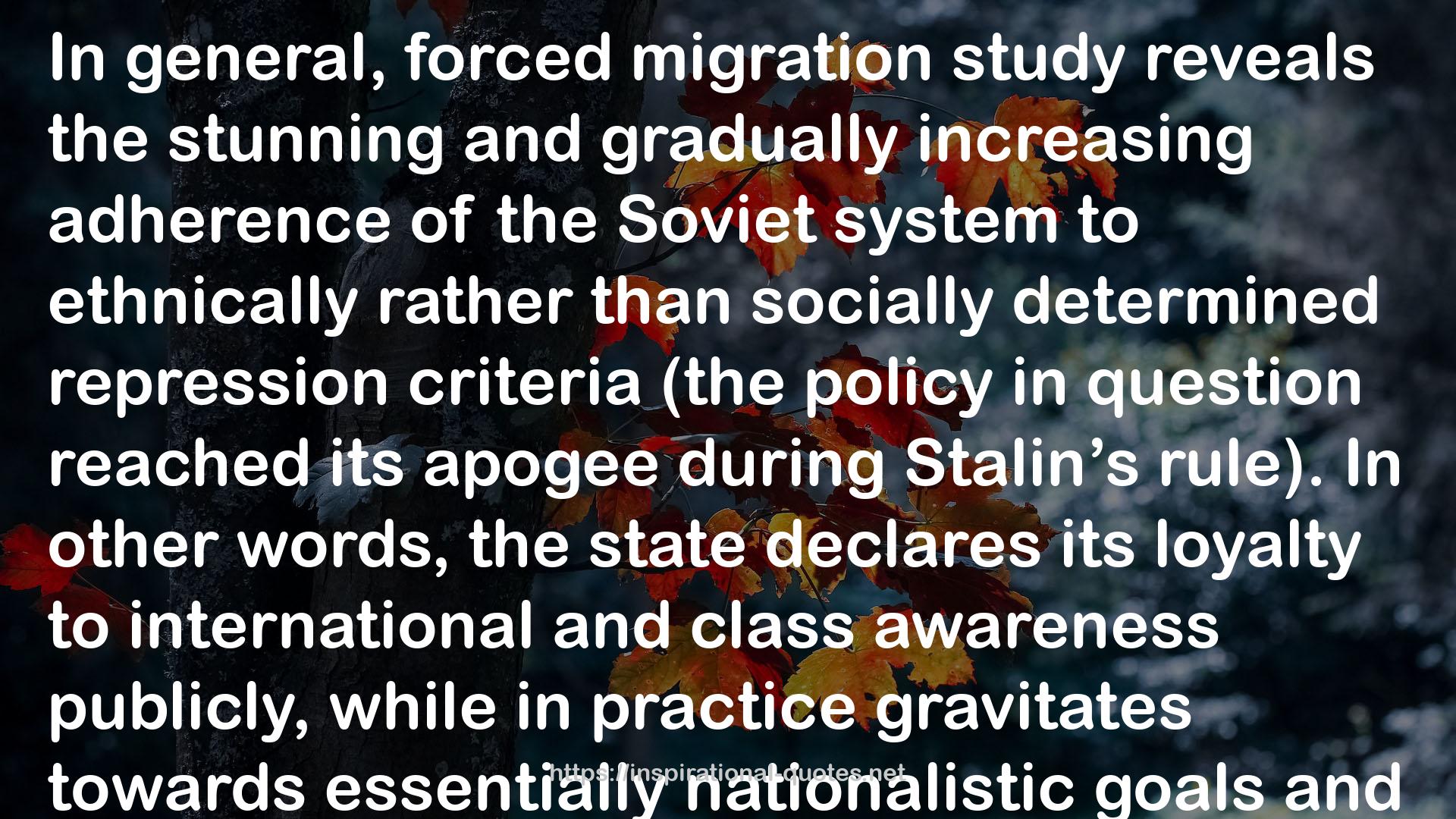Against Their Will: The History and Geography of Forced Migrations in the USSR QUOTES
SOME WORKS
- Maskerade (Discworld, #18; Witches #5)
- The Secret Teachings of All Ages
- Eddies of Life
- Zapped: Why Your Cell Phone Shouldn't Be Your Alarm Clock and 1,268 Ways to Outsmart the Hazards of Electronic Pollution
- Ghostwritten
- The Horror! The Horror!: Comic Books the Government Didn't Want You to Read!
- Atomic Kiss
- Less is More: How Degrowth Will Save the World
- A Desperate Passion: An Autobiography
- Power Density: A Key to Understanding Energy Sources and Uses

